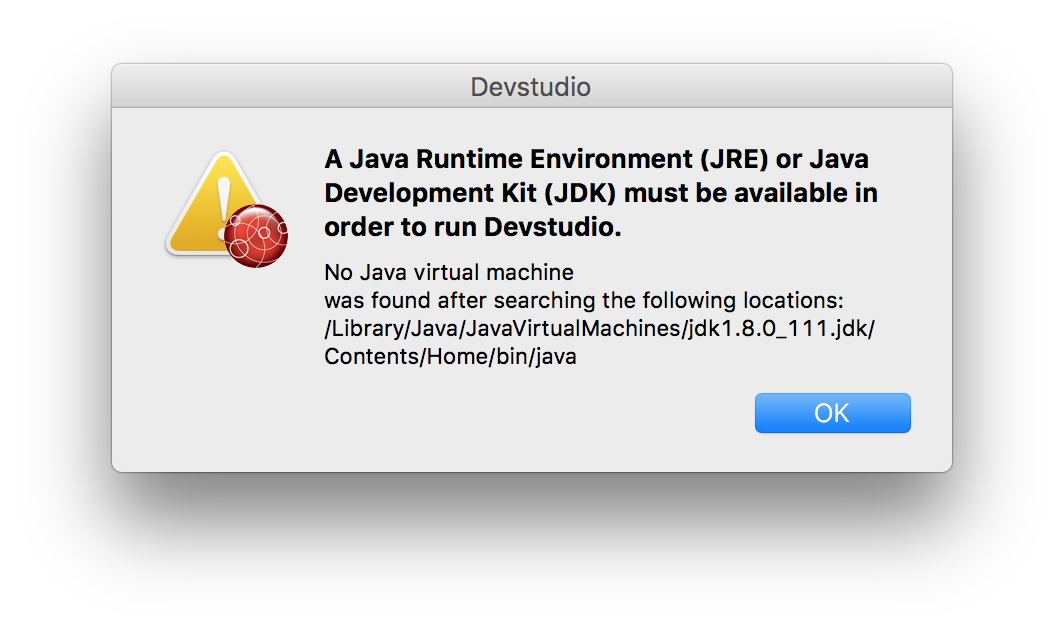

If you open up Activity Monitor (I just use Spotlight) you could manually look for the processes or use the search bar in the upper right-hand corner. macOS gives us a nice tool for monitoring process by name and port called Activity Monitor. This can happen when an IDE is closed and the process is correctly terminated.

So we know that another process is running but it isn't always as simple as forgetting a terminal window is open and running another app. Now if we head into IntelliJ and try to run our application we are going to see an error that looks something like this. I opened up a terminal and ran my other project using the Maven plugin./mvnw spring-boot:run If you want to simulate this issue you can fire up one app in a terminal and then try launching another in your favorite IDE (IntelliJ right?). This problem usually comes up because another process wasn't properly terminated.
#JVM FOR MAC HOW TO#
In this short article, I will show you how to do it on macOS and link to another article I wrote on how to do this on Windows. I received a question from a reader that went like this "I get the port 8080 is already in use error from time to time and I am not sure how to fix it, what can I do?" This is actually pretty easy to fix and happens to all of us. Specifically, we saw that we got a really informative error message when we try and run an application and port 8080 is already in use. Last week I wrote an article on the improvements in Spring Boot 1.4 of startup errors.
#JVM FOR MAC MAC OS#

The ZIP file you download (Image1.xx.zip) should automatically expand to a folder named "ImageJ".
#JVM FOR MAC FOR MAC OS X#
Windows are blank, or stacks are not displayed correctly on Ubuntu with compiz enabledĭisable all effects in System Preferences > Appearance > Visual Effects.ĭownload ImageJ for Mac OS X from the Download page.Here are some common problems encountered when running ImageJ on Linux, and their solutions:
#JVM FOR MAC INSTALL#
To install and run ImageJ, download ImageJ bundled with either 32-bit or 64-bit Java, extract the ImageJ directory from the ZIP archive, change to the ImageJ directory and double click the "ImageJ" launcher



 0 kommentar(er)
0 kommentar(er)
